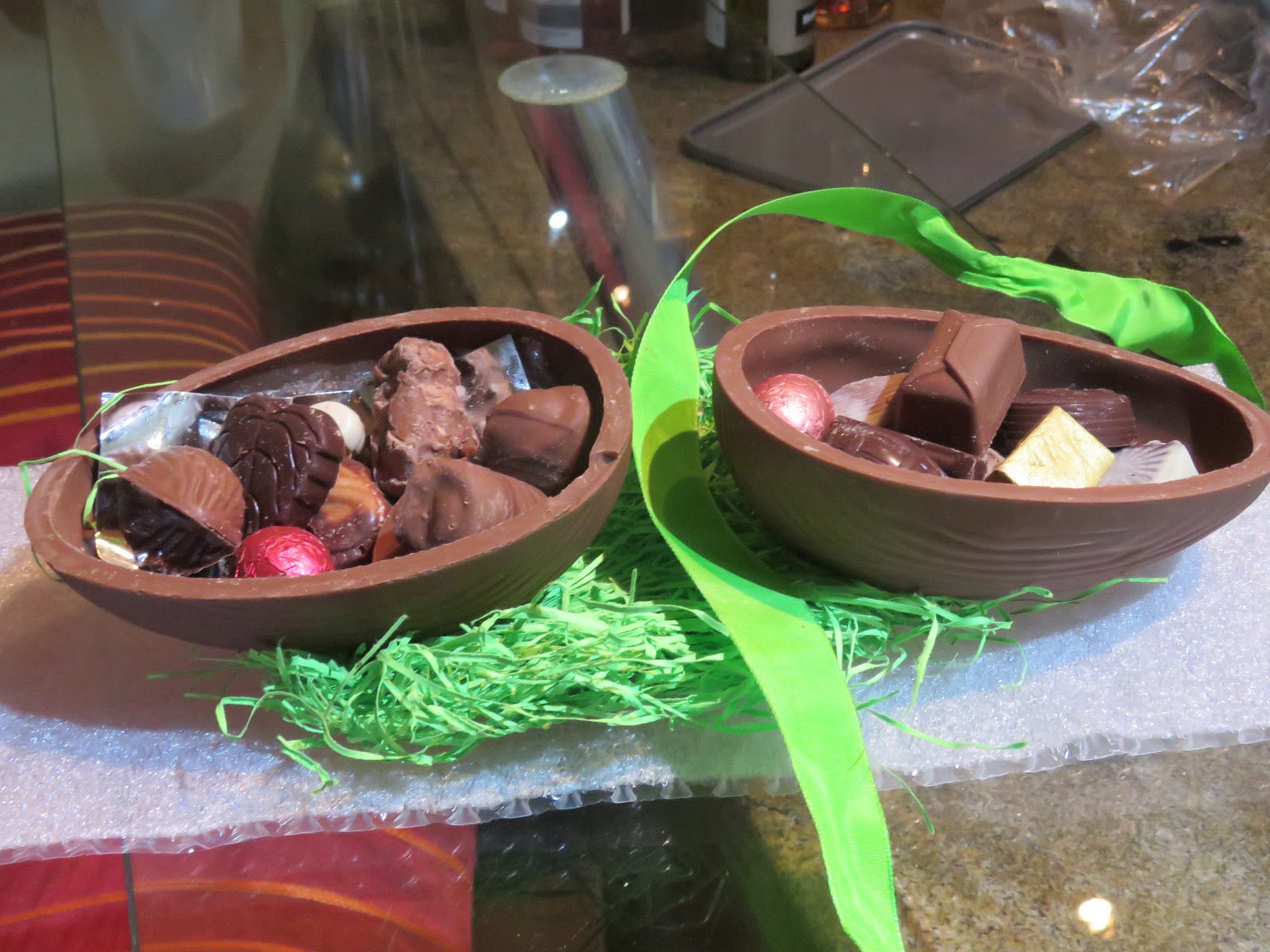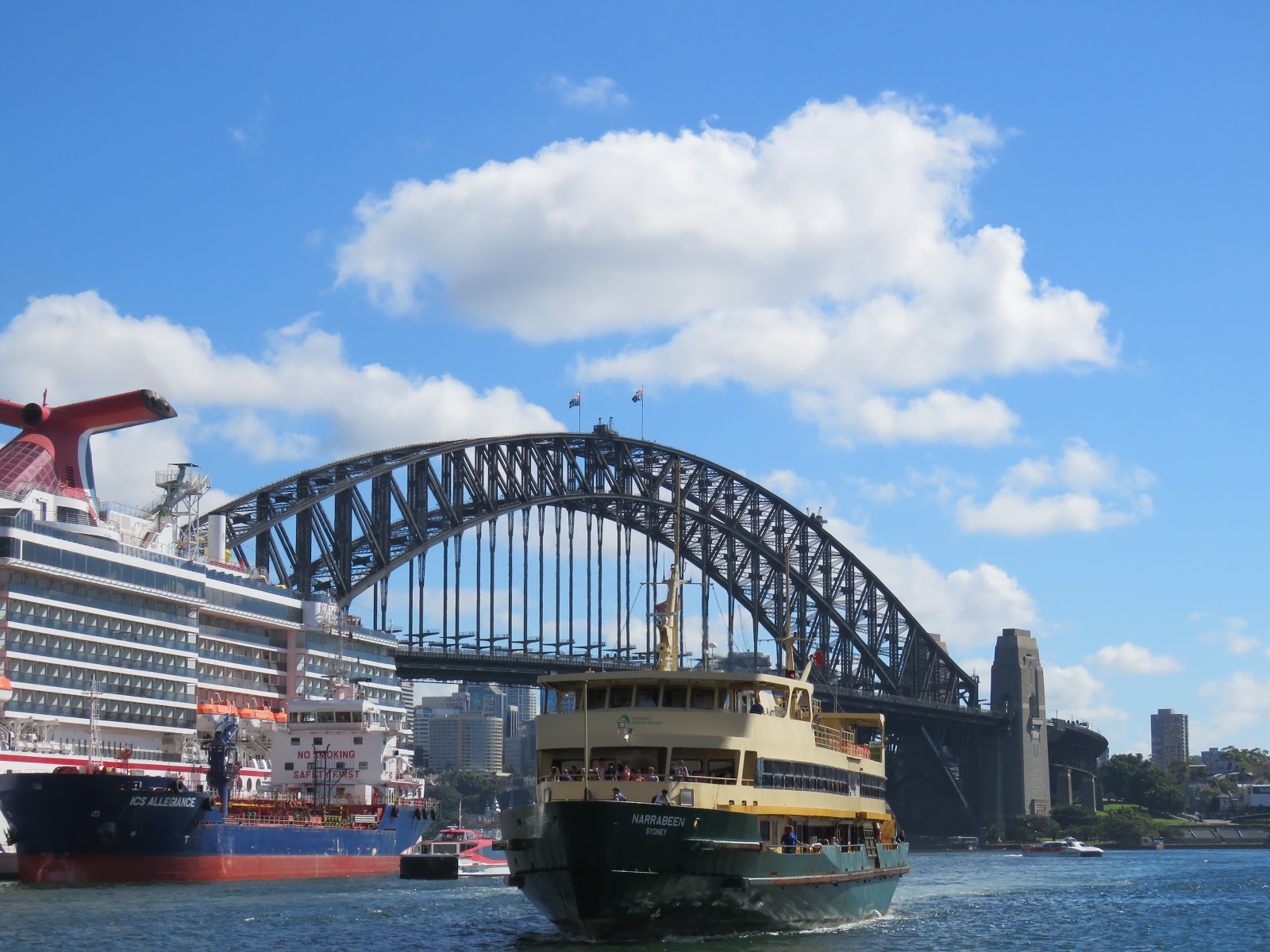 |
| Had Louise and Danie not taken us here, we’d have no idea this beautiful spot existed. |
“Sightings of the Day on the Bush”
 |
| Full moon in the bush. |
In 34 days, our South Africa 90-day visas expire. It’s not as easy as jumping across the border to get our visas re-stamped upon our return. As mentioned in an earlier post, it is now illegal to “border hop” to any of the countries bordering South Africa, as shown on the map below:
Over the next 11½ months, we are required to leave South Africa four times, possibly leaving earlier in March if necessary. This all depends on how long we stay out each time we leave. We aren’t booking any plans during this remaining period, other than the upcoming trip to Zambia, to ensure we won’t have any issues upon re-entry.
It’s entirely possible, immigration will refuse our re-entry on May 18th and will give us only one week to leave the country entirely. We can only wait and hold our breath to see how it goes on May 18th.
 |
| Rapids run through this area, although it doesn’t appear to be navigable by rafting enthusiasts. |
During this period, our second 90-day holiday home rental renews, but after addressing this possibility with dear friends Louise and Danie, they assured us we don’t have to worry. We won’t be charged if we have to leave. We’ll only pay for the extra nights we used from May 11th on.
Fortunately, we have this house where we can leave the bulk of our luggage, making the trip to Livingstone, Zambia, a lot easier. Also, the flight is only two hours long. That makes travel days so much easier.
 |
| Rock formations in the Komati River close to the road. |
On May 11th, our nonstop flight is at 11:35 am, and on our departure from Livingstone, Zambia, on May 18th, we leave at 1:35 pm, again another easy travel day for a two-hour nonstop flight. Yesterday, we booked the round-trip flight and also a hotel in Livingstone through Expedia on our website at this link.
Sure we’d have liked staying in a luxury tent at one of a few locations on the Zambia side of Victoria Falls. Still, most of the tented camps are located on the Zimbabwe side, where we cannot stay to accommodate the visa requirements as shown on the above map. Such camps in Zambia were already booked during the time slot we needed.
 |
| Living conditions such as these are commonly found in many parts of the world. |
We should have booked this months ago, but we waited as we further researched immigration laws for American citizens in South Africa. When we were here four years ago, we could have gone across the border in any of the surrounding countries and reentered for a new stamp.
It wasn’t until we started doing research a few weeks ago that our perception of renewing our visas was entirely wrong after the laws changed a few years ago. Most tourists don’t stay as long as 90 days, or more so there was no point in “asking around.” Everyone had a different perception as to what is acceptable under our circumstances.
 |
| Many locals sell wood, used merchandise and handmade wares, and a variety of other products. |
Many of our local friends from other countries (outside Africa) own homes here and have “resident’s visas.” We can’t apply for such a visa since we don’t own a home.
Fortunately, we were able to book flights and a hotel. Although the traditional hotel, the Protea by Marriott, is highly rated and packed with modern conveniences, we’d have been happy to stay in a tented camp.
 |
| Life is not easy for all citizens of South Africa, living under challenging conditions. |
Then, of course, there’s the cost for these four outings we must make in the upcoming year. For one week, many more excellent tented camps were ZAR 60,161.23 to 90,242 (US $5,000 to $7,500). Our total cost for the highly-rated hotel, including air, is ZAR 31,633 (US $2,629).
Staying at the Protea by Marriott, we’ll be on our own for tours but have located a highly rated tour company that can fulfill all of our expectations at reasonable prices we’ll post later. Some tours were included in the higher-rated camps, but many were al la carte. Breakfast is included, and we’re on our own for dinners.
 |
| A village on the side of the road. |
Today, we sent the tour company an email with our flight info (to have them handle our transfers to and from the airport) and four tours they offer that we’d like to attend during that week.
Our old philosophy of booking everything well in advance will become prevalent as we move into the future. We are waiting until the last minute seldom works to our advantage.
 |
| After the rain, everything was a lush green. |
However, we cannot book the remaining three trips in Africa until we know the 90-day visa was renewed upon our reentry into South Africa on May 18th. At this point, we wait to discover how immigration chooses to handle this.
We’re not worrying or panicking in any manner. We continue to enjoy every day to the fullest, imagining that we’ll be able to stay until next March by taking similar one-week trips to our preferred locations.
 |
| The Crocodile River flows into the Komati River. |
Tonight we’re off to Jabula for dinner for six of us. Tomorrow at 10:00 am, we’re heading to a “bush brunch” in Lionspruit (Louise will drive us since the little blue car doesn’t have enough clearance for the rough roads). Tomorrow night we are invited to dinner at Sandra and Paul’s home, who live only two doors from us. It’s a busy, fun-filled weekend!
We hope your weekend is filled with activities you enjoy as well!
Photo from one year ago today, April 7, 2017:
 |
| View from the dining room balcony of the lovely house next door to us in Fairlight, Australia, was scheduled to be auctioned on April 22nd. For more photos, please click here. |


























































































































